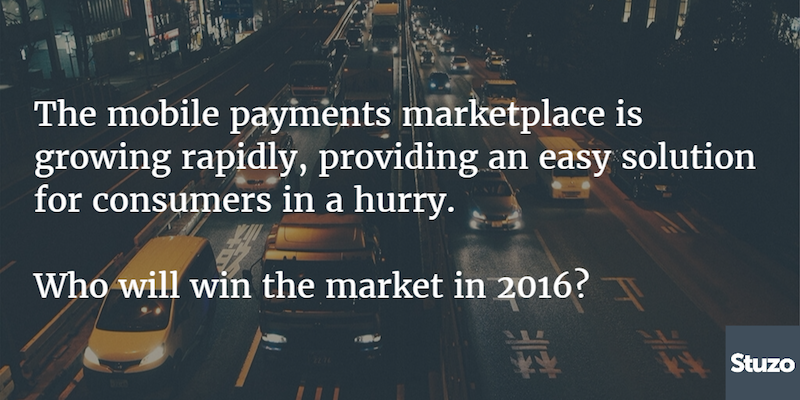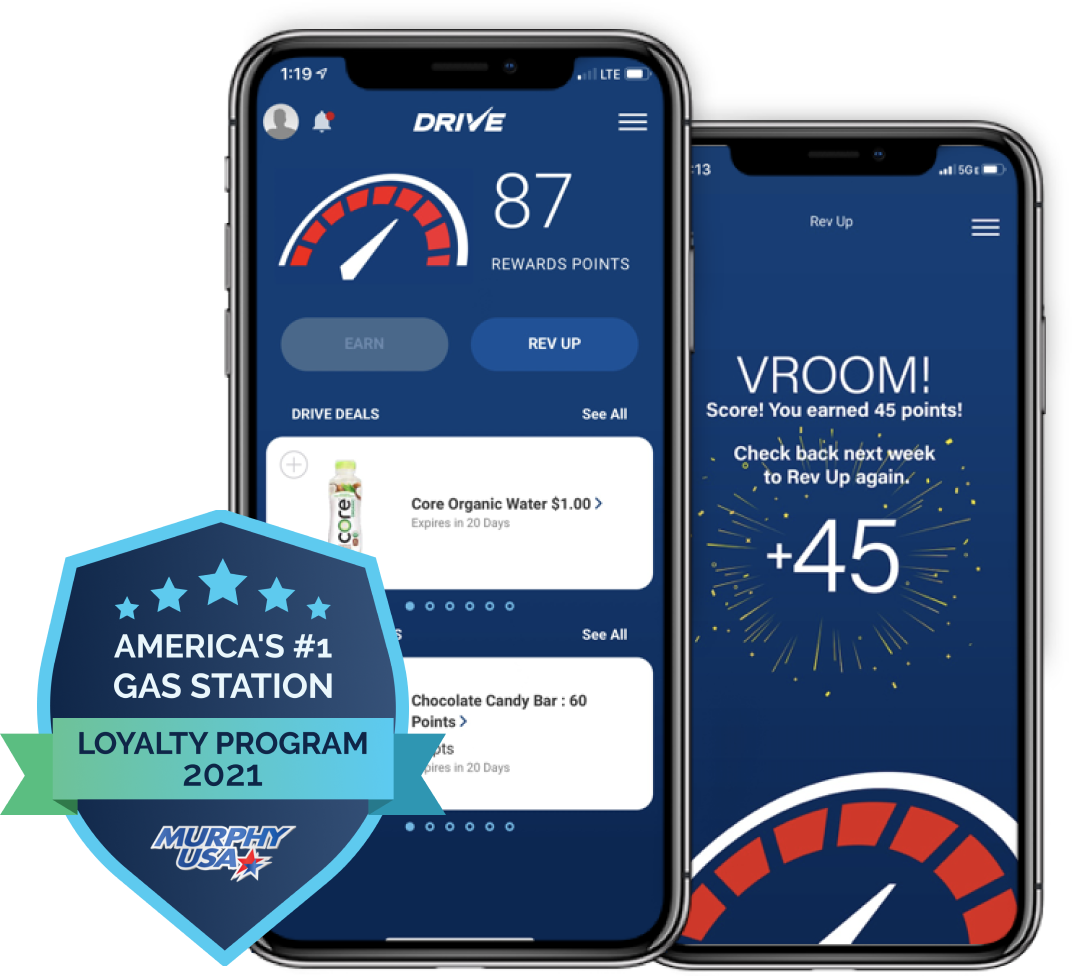When your customer visits your store, how do they usually pay at the register? Cash? Credit? With the increasing development and availability of the mobile payments marketplace, they soon may be paying with their phone.
As a consumer, paying through a mobile device makes for a much easier process than digging for coins or counting cash. That’s why some businesses have jumped at the opportunity to find their place in this new market.
Business Insider published a report on mobile payments that lists some of the key reasons for this burst of mobile activity, including major benefits for retailers.
A couple of the key statistics from the report include:
- By 2019, BI expects mobile payment volume to reach $808 billion.
- BI reports that the percentage of people using mobile payments in the USA will increase from 8% (2014) to 65% (2019).
As a result of this big mobile payments boom, the marketplace has become increasingly competitive. Major phone companies and financial startups have created their own form of mobile payment methods to compete for the top spot in the industry.
So, how do you know which company to invest in? How can you tell which ones have potential and which ones will flop?
The 4 services below are just the tip of the iceberg in the mobile payments marketplace. They each have their unique take on the industry; their own benefits and limitations.
Let’s dive in and see which one holds the most likely chance at the 2016 crown.
———
Mobile Payments Marketplace: The Battle for Control in 2016
Android Pay comes a little late to the party, but it has ways to make up for it. Although limited to smartphones with the Google Play platform, it has a far reach as more and more people switch to Android.
Highlighted Strengths:
- Customers can use Android Pay for both in-store and in-app purchases.
- They can see a quick record of your purchase for security.
- Most major financial institutions allow for account integration.
Limitations:
- As mentioned before, Android Pay was released a bit late, so many mobile shoppers have already adopted other alternatives.
- It is an annoyance to shoppers that they have to change the “default” settings every time they want to use a different card at the register.
- Near-Field Communication (NFC) payment adoption is still limited, especially with smaller chains and local shops.
Extras:
Upon its release, the makers of Android Pay chose to give back to the community. They announced a partnership with DonorsChoose.org, where they would contribute up to $1 million to special needs projects from November 24th through December 31st. For every purchase via Android Pay, they would contribute $1, with a double donation on Black Friday.
It is community outreach like this that can help a brand grow while also aiding those in need. It’s mutually beneficial.
With Google Wallet’s failure to gain traction, Apple Pay took full advantage of the relatively open mobile payments marketplace. It was introduced in late 2014 with much anticipation from Apple fans.
Highlighted Strengths:
- It is much easier to access and use than other options to date.
- Customers don’t need to use cellular data or Wi-Fi to use Apple Pay.
- Users can apply both credit / debit cards and gift cards to your Wallet.
Limitations:
- Users don’t earn rewards on their card(s) when making a payment.
- It runs exclusively on Apple devices.
- It still awaits acceptance at a large number of locations.
Extras:
The Apple Wallet is very easy to set up. People can either plug in their card’s details manually or simply take a picture. Although users may feel wary of giving up their financial information, Apple Pay requires a password or even one’s fingertip to proceed with a payment. This dramatically increases the service’s security.
Developed by the Merchant Customer Exchange (MCX), CurrentC is meant to serve as an alternative to other mobile payments. Its purpose is to help retailers avoid credit card transaction fees without inconveniencing customers.
Highlighted Strengths:
- Beyond being a payments platform, CurrentC offers integrations with users’ existing store membership or loyalty cards.
- With every purchase, customers receive offers and store coupons automatically within the app.
- Store owners no longer have to pay those pesky credit card fees.
Limitations:
- It is still in a trial period and not yet released beyond Columbus, Ohio.
- It is not as easy to access as services such as Apple Pay. Customers will have to unlock their phones and open the CurrentC app to use it.
- CurrentC presented a security issue after it was hacked in 2014. Hackers gained access to trial users’ information.
Extras:
The most unfortunate part about CurrentC’s situation is the public’s response to it. Fans of other mobile payment services have flooded the Apple App Store and Google Play with one-star reviews. The problem is: those reviewers haven’t even used the service to pay yet. Actual users, such as Target employees, have left 4-5 stars for their reviews because they find the service “saves a lot of time” and is “very easy to use.” Hopefully, when CurrentC is finally available to all, it will be receive more legitimate reviews.
When Samsung acquired LoopPay, a mobile payment startup, they became a direct competitor to Apple Pay. With the release of the Galaxy S6 and S6 Edge, Samsung went head on with Apple’s iPhone 6 and 6 Plus, offering many similar features. However, the late launch (Summer 2015) gave Apple Pay a strong head start.
Highlighted Strengths:
- Samsung Pay is available in more locations than any other mobile payments service.
- The service uses touch ID.
- It doesn’t store payment information for increased security.
Limitations:
- Samsung Pay has limited acceptance by card providers and financial institutions.
- It is not offered on all Samsung devices.
- It does not offer in-app purchases.
Extras:
By being available in so many more locations than Apple Pay (and Android Pay), it draws more interest for convenience. With its acquisition of LoopPay’s Magnetic Secure Transmission (MST) technology, Samsung has the upper hand over Apple Pay for availability. The biggest downside is: people need to have one of the few compatible Samsung phones.
———
Each of these services in the mobile payments marketplace has its own, unique selling points. However, they also each have limitations to consider.
To determine the ultimate leader in this industry, you have to ask yourself: what mobile payments platform do I currently accept in my store, and am I willing to change or add companies?
When considering these 4 services for your business, you should keep in mind:
- What service would benefit me without inconveniencing my customers?
- Is the service or services I chose going to help my business in the long run?
- How will this new system help my customers?
So which industry leader wins the crown? The answer is up to you. Keep in mind the pros and cons, and customize to your own business needs. In the end, you’ll find the service that works best for you and your customers.
Stuzo works with businesses to create the highest quality digital products for mobile, web, IoT and wearables. Contact us today to see how our team of experts can help you bring your idea to reality.






